How to Choose the Best D Cell Batteries for Your Devices and Projects
When it comes to powering a variety of devices, from remote controls to flashlights and even intricate DIY projects, choosing the right D cell batteries is essential. With numerous options available on the market, it can be challenging to identify which batteries will provide the best performance and longevity for your specific needs.
According to Dr. Emily Carter, a leading expert in battery technology, "The right D cell batteries can make all the difference in ensuring your devices operate efficiently and reliably."
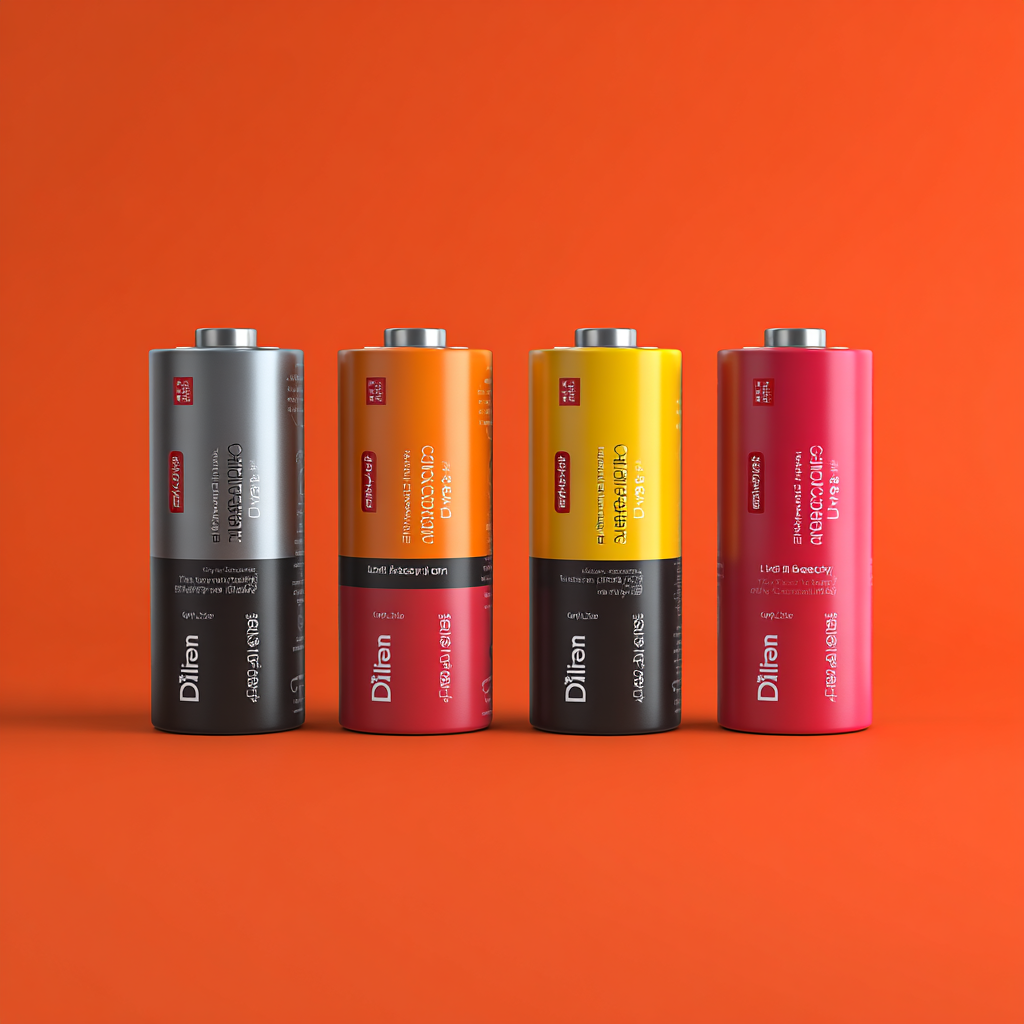
In this comprehensive guide, we will explore the key factors to consider when selecting D cell batteries, such as capacity, discharge rates, and shelf life. Whether you’re a hobbyist seeking optimal power for your projects or simply want to ensure your household devices function seamlessly, understanding these aspects can lead to informed decisions.
Join us as we unveil the top 10 D cell batteries currently available, highlighting their unique features and benefits to help you make the best choice for your energy needs.
Understanding D Cell Battery Specifications and Types
When selecting the best D cell batteries, understanding the various specifications and types available is crucial. D cell batteries typically come in two major types: alkaline and rechargeable. Alkaline batteries are known for their longevity and consistency, making them ideal for devices that require a reliable power source, such as flashlights and radios. On the other hand, rechargeable D cell batteries, like nickel-metal hydride (NiMH), provide a more eco-friendly option but may have a lower initial voltage.
When evaluating D cell batteries, pay attention to specifications like capacity measured in milliamp-hours (mAh) and the discharge rate. Higher mAh ratings indicate a longer battery life, which can be particularly beneficial for high-drain devices. Additionally, consider the operating temperature range, as some batteries can perform poorly in extreme conditions.
**Tips:** Always check the device's manual for recommended battery types. If you're working on projects that require frequent battery changes, opt for rechargeable options to save money in the long run. Lastly, remember to store your batteries in a cool, dry place to maximize their shelf life and performance.
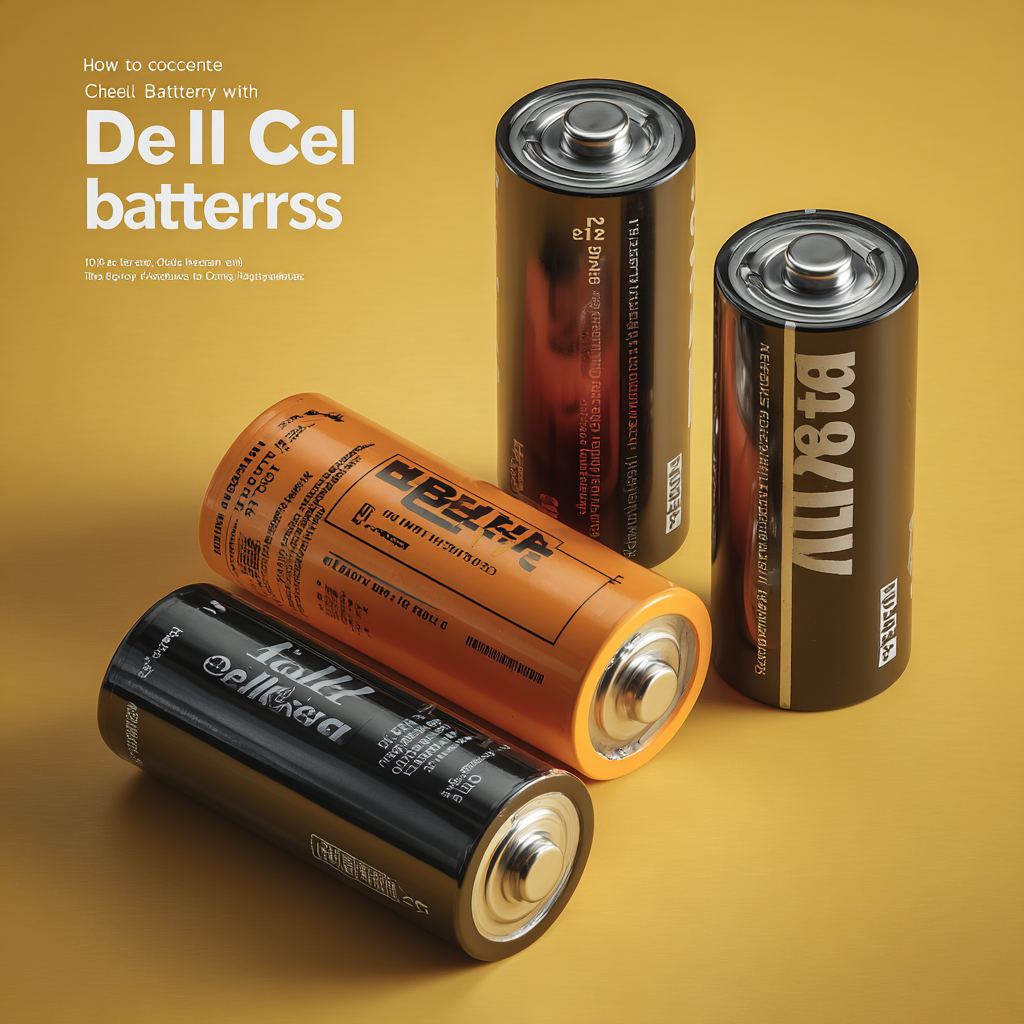
Evaluating Battery Life and Performance for Your Devices
When evaluating battery life and performance for devices that require D cell batteries, it's essential to understand the technical specifications that significantly impact their efficacy. According to a report by the Battery Association, alkaline D batteries can provide up to 10,000 mAh of capacity, which is crucial for devices with high energy consumption, such as flashlights and portable radios. In contrast, lithium D batteries, while generally more expensive, offer a higher energy density and longer shelf life—often exceeding up to 15 years—making them ideal for emergencies or infrequently used devices.
Moreover, it's important to consider how temperature and discharge rates affect battery performance. The International Journal of Energy Research notes that alkaline batteries perform optimally at room temperature, while extreme conditions can cause a decline in performance, potentially reducing their lifespan by up to 30%. For projects requiring consistent power, such as remote controls or high-drain toys, rechargeable D batteries, with a cycle life of around 1,000 charges, might also be worth considering despite their initial lower capacity. Each application has unique demands, and understanding these metrics aids in making an informed choice.
Identifying the Right D Cell Batteries for Different Projects
When selecting D cell batteries for your projects, it’s crucial to consider the specific energy requirements of your devices. Different projects may demand varying power levels, so identifying whether your device needs high-drain batteries or can operate efficiently with standard alkaline options is essential. High-drain devices, such as digital cameras or high-performance flashlights, typically require batteries that can deliver energy quickly and sustain their output. In such cases, lithium D cell batteries or rechargeable NiMH options may be preferable due to their ability to provide a consistent voltage over time.

On the other hand, for simpler devices like remote controls or flashlights that don’t require as much power, standard alkaline D cell batteries often suffice. They provide a cost-effective solution while delivering adequate performance for everyday use. Additionally, consider the lifespan and environmental impact of your choice; while lithium batteries offer longevity, they may also require special disposal methods. Therefore, understanding the requirements of each project will help you choose the best D cell batteries, ensuring optimal performance and efficiency for your devices.
Comparing Rechargeable vs. Disposable D Cell Batteries
When choosing D cell batteries for your devices and projects,
one of the most important considerations is whether to opt for rechargeable or disposable batteries.
Rechargeable D cell batteries are designed for longevity, allowing you to
use them multiple times before needing to replace them. They are ideal for high-drain devices such as flashlights
or toys that are used frequently. Although the initial cost is higher, the long-term savings and environmental
benefits can be significant.
On the other hand, disposable D cell batteries offer convenience, especially for devices that are used
infrequently or for emergency situations. They require no upfront investment in a charger and can be easily
replaced as needed. However, they tend to be less cost-effective over time, especially when used in devices that
consume power quickly.
Tips: If you often use devices that require D cell batteries, consider investing in a good quality charger
and a few sets of rechargeable batteries to reduce costs and minimize waste. For devices used sporadically,
keep a few disposable batteries on hand for quick replacement. Always check the
manufacturer's recommendations for battery type to ensure optimal performance of your devices.
Considering Cost and Brand Reputation in Your Selection Process
When selecting the best D cell batteries for your devices and projects, cost and brand reputation play pivotal roles in your decision-making process. While numerous options are available on the market, it's crucial to find a balance between affordability and quality. Cheaper batteries may appeal to budget-conscious consumers, but they often compromise on longevity and performance. Investing in slightly more expensive options can result in better reliability and a longer lifespan, reducing the frequency of replacements and ultimately saving money in the long run.
Brand reputation is equally important, as established manufacturers typically have a proven track record of quality and performance. Brands with positive feedback and reliable customer service can offer peace of mind that lesser-known or generic brands may not provide. Reading reviews and conducting research on different brands can help gauge their reliability and efficiency. Choosing a reputed brand with a strong reputation in the industry can enhance your project's success and improve overall satisfaction with your battery selection.
Related Posts
-

Exploring Innovative Alternatives to D Cell Batteries for Sustainable Power Solutions
-
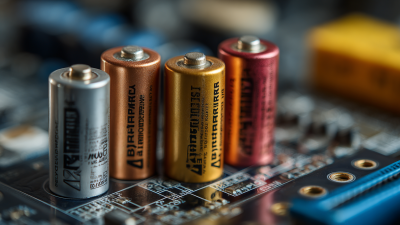
How to Effectively Choose the Right AA Battery Replacement for Optimal Performance
-
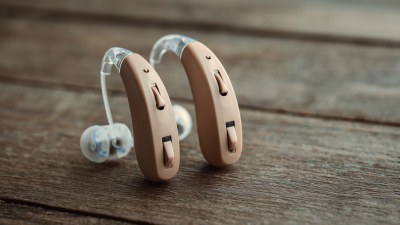
How to Choose the Best Rechargeable Hearing Aids for Your Unique Hearing Needs
-
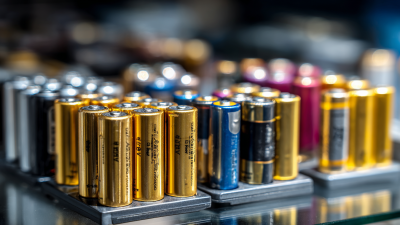
Exploring the Surge in AA Lithium Batteries Market Trends at the 138th Canton Fair 2025: Insights and Projections
-

Exploring Alternative Energy Solutions: The Rise of Procell AA Batteries in Global Markets
-

Innovative Solutions for Long Lasting aa Batteries in Modern Electronics
